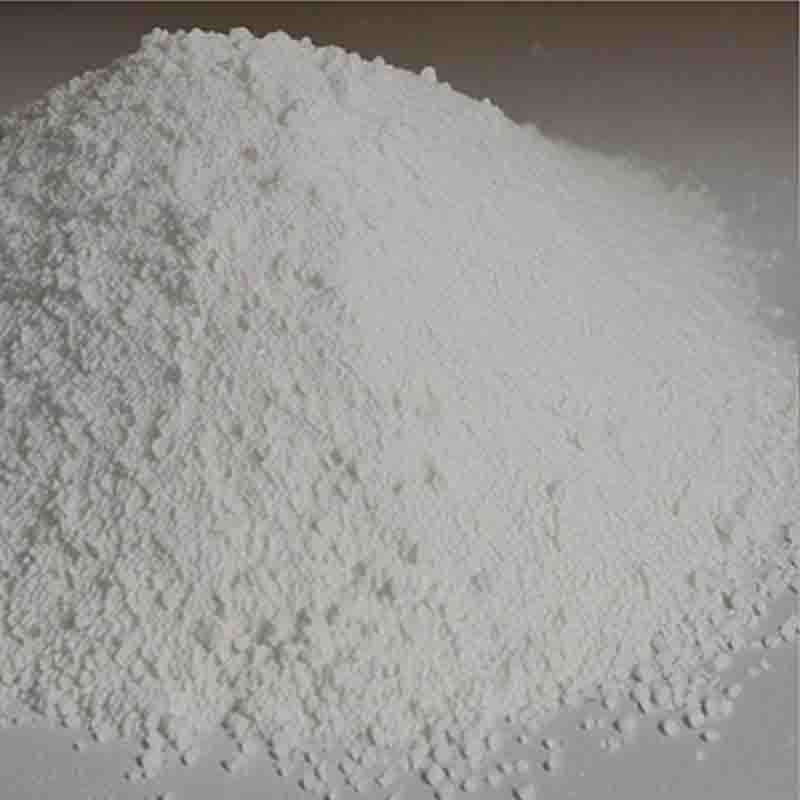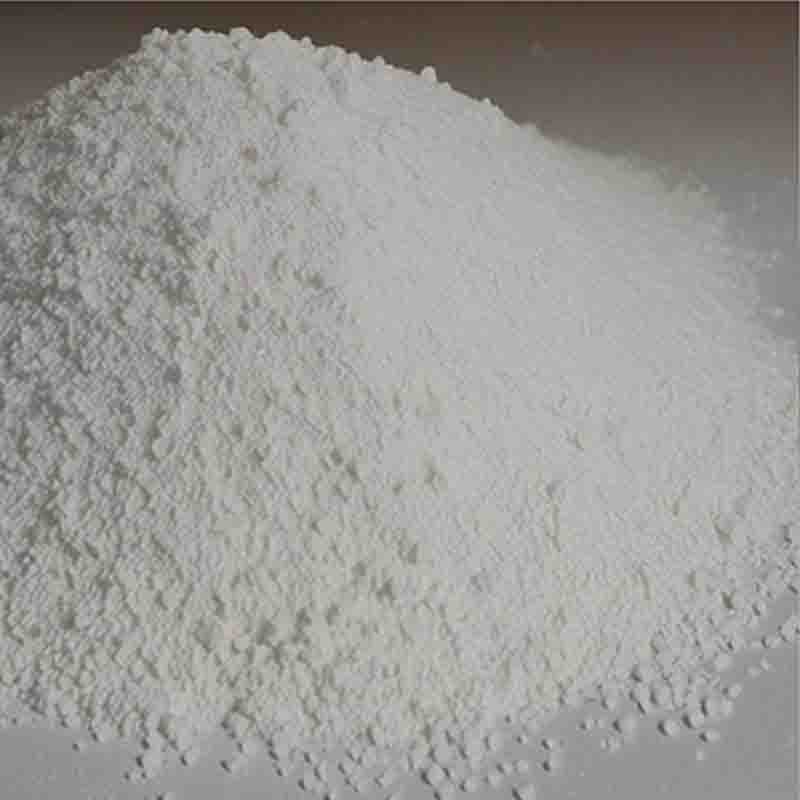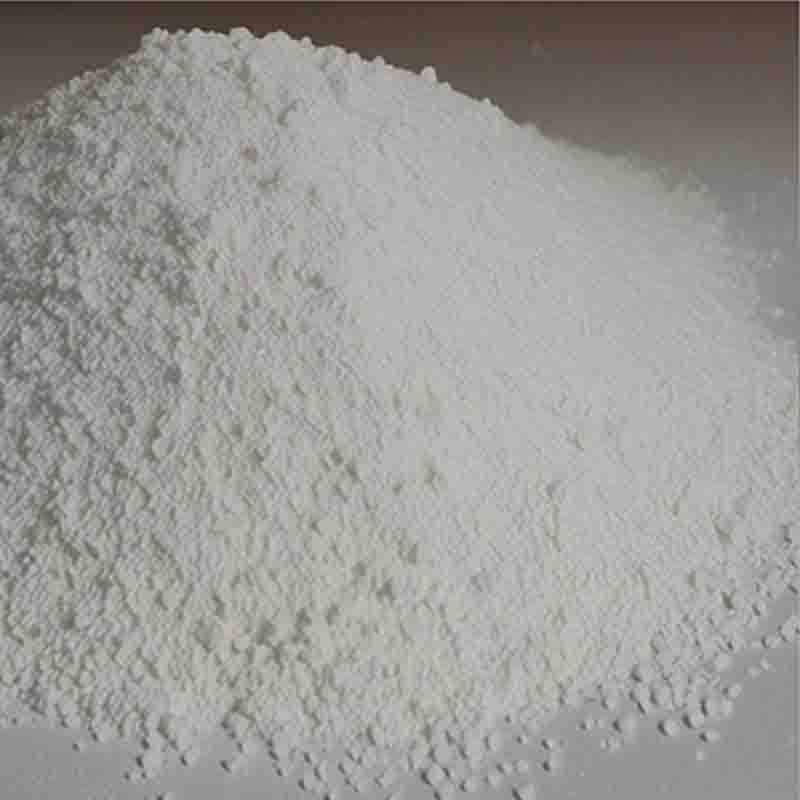ethylferrocene CAS:1273-89-8
| Catalog Number | XD94693 |
| Product Name | ethylferrocene |
| CAS | 1273-89-8 |
| Molecular Formula | C12H14Fe10* |
| Molecular Weight | 214.08 |
| Storage Details | Ambient |
Product Specification
| Appearance | White powder |
| Assay | 99% min |
Ethylferrocene is a chemical compound with a unique structure and interesting effects. It belongs to the family of organometallic compounds, specifically the ferrocene derivatives. Here, we will explore the effects of ethylferrocene and its potential applications.One of the significant effects of ethylferrocene is its ability to act as a redox-active compound. It undergoes reversible oxidation and reduction reactions, making it a useful catalyst in various electrochemical processes. Ethylferrocene can participate in electron transfer reactions, allowing it to facilitate the redox reactions of other compounds in different applications. This property makes ethylferrocene valuable in fuel cells, batteries, and electroanalytical chemistry.Another effect of ethylferrocene is its role as a stabilizer. Due to the presence of the iron atom within its structure, ethylferrocene is capable of stabilizing radical intermediates during chemical reactions. This property makes it useful in radical polymerization reactions, where it acts as a chain-transfer agent, controlling the molecular weight and properties of the resulting polymers. Ethylferrocene is also utilized as a stabilizer in the synthesis of nanoparticles and other nanomaterials, where it helps to prevent unwanted side reactions and improve the quality of the final product.Additionally, ethylferrocene exhibits interesting magnetic properties. The presence of the iron atom in its structure gives it ferromagnetic behavior, allowing it to interact with external magnetic fields. These magnetic properties have led to the exploration of ethylferrocene in applications such as magnetic resonance imaging (MRI) contrast agents and magnetic recording media.Furthermore, ethylferrocene has demonstrated potential as an anticancer agent. Several studies have shown that ferrocene derivatives, including ethylferrocene, exhibit promising antiproliferative activity against various cancer cell lines. These compounds have been found to induce apoptosis and inhibit the growth of cancer cells. The anticancer effects of ethylferrocene are attributed to its ability to generate reactive oxygen species, disrupt cellular processes, and induce cell death pathways. Although further research is needed, these findings suggest that ethylferrocene could have promising applications in cancer treatment.In summary, ethylferrocene exhibits various effects and potential applications. It acts as a redox-active compound, participating in electron transfer reactions and facilitating electrochemical processes. It serves as a stabilizer, controlling radical intermediates during chemical reactions and improving the quality of various materials. The compound's magnetic properties make it useful in applications involving magnetism, such as MRI contrast agents. Finally, ethylferrocene shows promise as an anticancer agent, with its ability to induce apoptosis and inhibit cancer cell growth. These effects highlight the versatility and potential of ethylferrocene in various fields, including chemistry, material science, and healthcare.


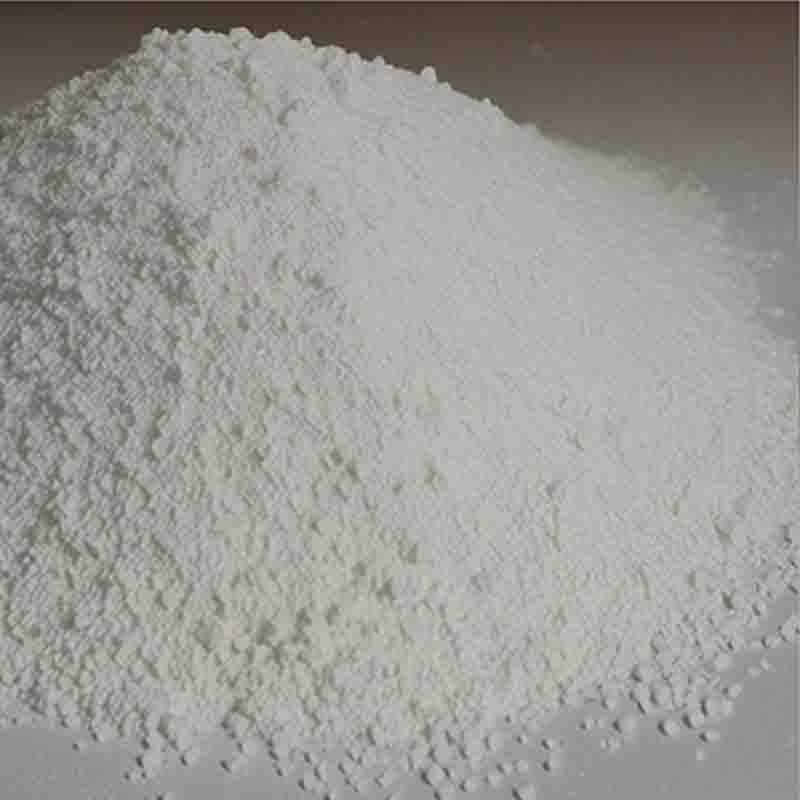

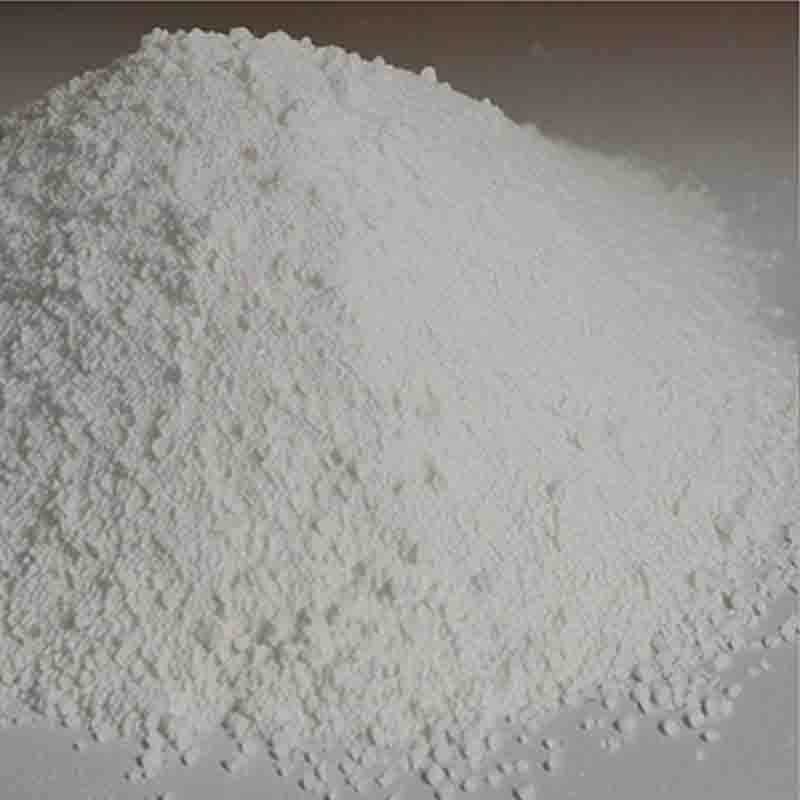
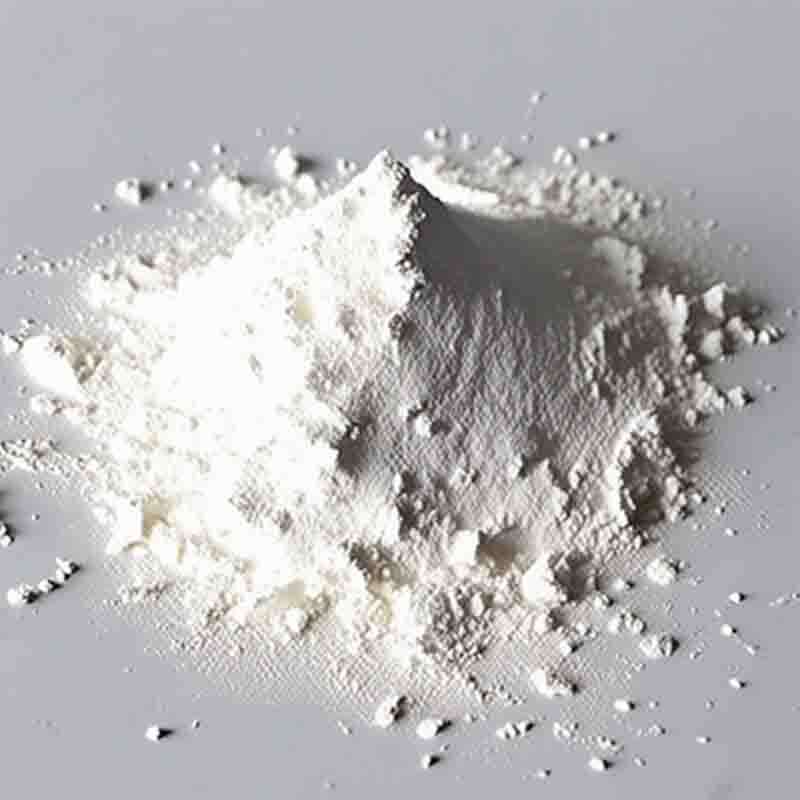
![(2S,5R)-Ethyl 5-[(benzyloxy)amino]piperidine-2-carboxylate oxalate CAS: 1416134-48-9](https://cdn.globalso.com/xdbiochems/白色粉末2373.jpg)
